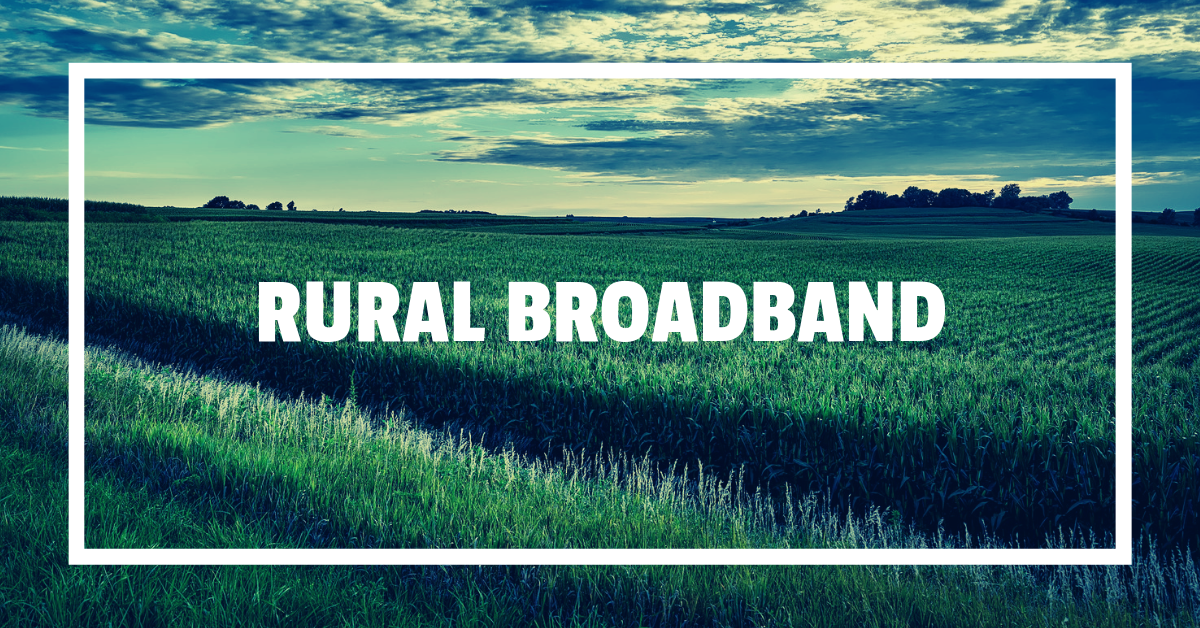Increasing the availability of broadband internet in rural America is a hot topic right now. Many have likened the buildout of high-speed networks to sparsely populated areas as a project akin to rural electrification. CFB agrees and is working with AFBF and other state Farm Bureaus to help fix the problem.
At the same time, a much-hyped new technology is drawing a lot of attention in the media. Next generation 5G mobile broadband networks are being developed and deployed by mobile carriers like AT&T and Verizon. The technology has the potential to bring super high-speed data connections to mobile phones and home internet connections everywhere. But, challenges exist in bringing this technology to market in rural America, and broad adoption even in urban areas is still questionable.
When fully built out, 5G networks will broadcast data signals in what is referred to as “high-band” wireless spectrum. This provides not only faster speeds, but increases connections and allows for the broad adoption of internet-connected device networks; think autonomous vehicles, “smart” appliances, and sensor networks like soil monitors. According to CoBank, wireless carriers are working to create “fixed wireless” networks that will wirelessly beam internet connectivity into homes, skipping over cable-based internet providers like CenturyLink and Comcast.
This would seem a boon for rural broadband deployment where running cable to remote residences remains extremely difficult. But unfortunately, the nature of the “high-band” signal creates another barrier to broad rural deployment.
“High band frequency limits the effective range of 5G networks to no more than a mile,” says CFB’s VP of Advocacy Shawn Martini. “This means 5G networks will need many more cell sites to provide the same level of geographic coverage as current 4G LTE networks. Obviously, this presents challenges in rural areas.”
Martini says that ultimately, smaller 5G antennas may be used to solve the “last mile” problem in bringing broadband internet to rural homes. But for now, it seems that 5G will be much more viable in urban areas and in rural towns and cities that have enough population to support building 5G infrastructure. Agricultural operations like produce processors, millers and elevators that are located in towns and cities will be able to make use of 5G to improve their sensor technology and deploy autonomous vehicles as they become available.
While 5G may not be coming to a cell site near you anytime soon, new cell and data networks will provide complete high-speed coverage to users nationwide in the next couple of years. AT&T’s FirstNet program will bring 4G LTE coverage everywhere across the country and is already being built. In many cases, this coverage may take the place of line-of-site, satellite, and fiber connections that rural users can currently use. And, it will provide new connectivity to those rural users who currently have no service options for home internet connections.
Resources




